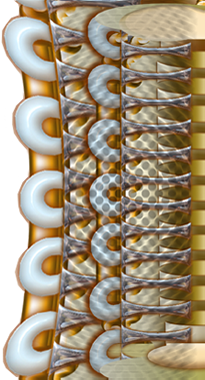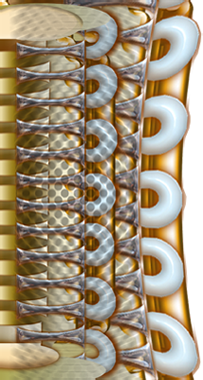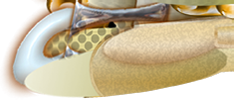| You are not logged in. | login to customize your own personal play list |
“Freaks” by French Montana featuring Nicki Minaj |
| United States Federal Trade Commission forbids anyone under 13 from viewing these music videos! I want another random song. |
| You are not logged in. | login to customize your own personal play list |
“Freaks” by French Montana featuring Nicki Minaj |
| United States Federal Trade Commission forbids anyone under 13 from viewing these music videos! I want another random song. |
 |
 |
 |
 |
 |
|
 |
   |
 |
song info“Freaks” by French Montana featuring Nicki Minaj (official video) is a hip hop song. Song Title: Freaks (official video)Artist: French Montana featuring Nicki Minaj Genre: hip hop, dance, rap Number of listens: 16366 link to the static song information page for this song:
|
||
Nicki Minaj and Keith Urban were named as two of the four judges on American Idol’s 12th season. (September 16, 2012)
Nicki Minaj had a “wardrobe malfunction”, slipping out of her top while performing on ABC’s “Good Morning America” the morning of August 5, 2011.
The event appeared on the east code feed despite a five second delay.
Cher Lloyd said was inspired by rapper Nicki Minaj, whom she said “changed pop music”, adding that “No one was doing what she was doing, and then she came in and it was kind of one of those things where people were like, ‘Whoa! She just changed pop music’. And she did! There’s no denying it.”
This music player is available as open source code. Everyone can build their own personal free and legal music player. This source code is free for any legal non-commercial and/or non-profit and/or educational and/or private purpose. This open source player is courtesy of This Side of Sanity (ThisSideofSanity.com) and OSdata (OSdata.com).
Build your own player. Avoid the hassles and fees of commercial music services. Let there be a million free and independent music players on the web. Strongly suggest building players dedicated to specific kinds of music. Notify me of the location (URL) and specialties of your custom player.
Proverb:People start preparing for the night when the day is still very young. —Ghanaian Proverb |

Green Orange archive
totals
michaelm
Enjoy the This Side of Sanity website Twitter feed.
Enjoy the This Side of Sanity Twitter feed.

If you spot an error in fact, grammar, syntax, or spelling, or a broken link, or have additional information, commentary, or constructive criticism, please contact Milo at PO Box 5237, Balboa Island, Calif, 92662, USA.
Copyright © 2011, 2012, 2013 Milo. All rights reserved. Todos Derechos Reservados. The copyrights on all source code and the data base belong to Milo and are used on this web site by permission.